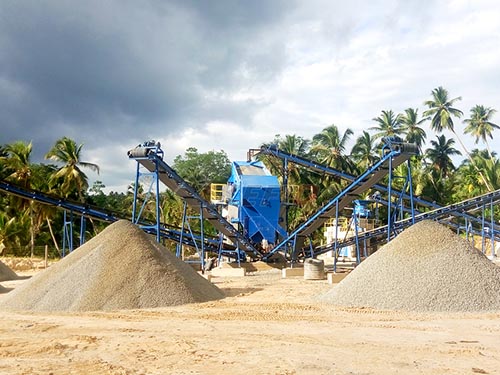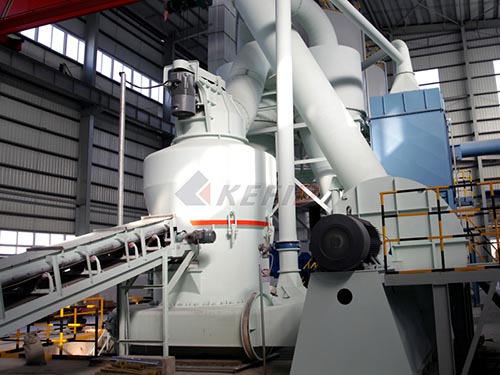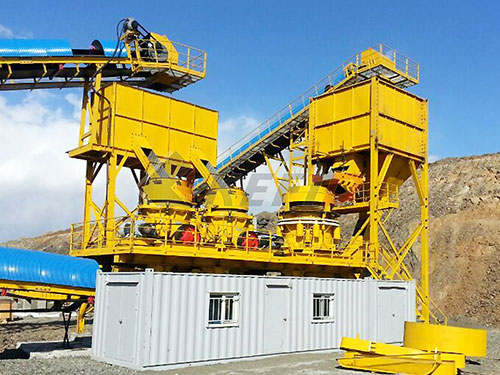The Heart of Aggressive Reduction: Hammer Crusher Components and Their Critical Functions

Hammer crushers stand as rugged workhorses within the aggregate processing and mining industries. Revered for their simplicity of design coupled with formidable reduction capabilities – particularly excelling at high reduction ratios (often exceeding 20:1) – these machines transform large rocks into precisely sized gravels or powders through brute force impact. Unlike jaw or cone crushers relying primarily on compression between fixed surfaces or gyrating cones against liners respectively, hammer crushers achieve fragmentation through kinetic energy transfer delivered by rapidly rotating hammers striking the feed material against breaker plates or grates.
The effectiveness of any hammer crusher hinges entirely on the integrity and performance of its core wearing parts operating within an intensely abrasive environment filled with dust and shock loads. Understanding these components – their design variations, materials of construction (MOC), specific functions within the crushing chamber dynamics (involving impact zones and particle trajectories), critical wear mechanisms leading to degradation modes like gouging abrasion or impact fatigue cracking – is paramount not only for optimizing crushing efficiency (measured as tons per hour per kilowatt consumed) but also for maximizing component service life measured in throughput tons processed before replacement becomes economically necessary due to excessive power consumption increase (>15%) or unacceptable product gradation drift beyond specification limits (±5% on key sieve sizes). This deep dive explores these vital elements comprehensively.
1. Hammers / Beaters / Blow Bars: The Primary Impactors
Function: These are unequivocally the heart of the crushing action acting as kinetic energy transducers converting rotational momentum from the rotor shaft into intense localized impacts delivered directly onto incoming feed lumps typically ranging from several inches up to several feet in diameter depending on machine size classification (e.g., primary vs secondary stage duty). Each strike aims to fracture rock along inherent cleavage planes through brittle failure mechanisms initiated at stress concentrations created by microscopic flaws inherent within geological materials.

Design Variations: Design optimization balances impact efficiency against structural robustness under cyclic loading conditions:
Shape & Profile: Shapes range from simple rectangular blocks common in smaller units designed primarily for softer materials like coal processing plants handling lignite streams; intermediate configurations include T-shaped designs offering increased mass concentration near tip region enhancing momentum transfer; S-shaped profiles optimized specifically for high rotor speeds encountered when processing medium-hard rocks such as limestone where controlled shattering rather than pulverization is desired; sophisticated multi-tip designs featuring strategically placed carbide inserts providing extended wear life exceeding standard manganese steel alloys by factors of

Leave a Reply